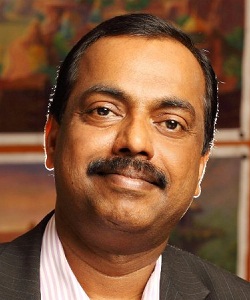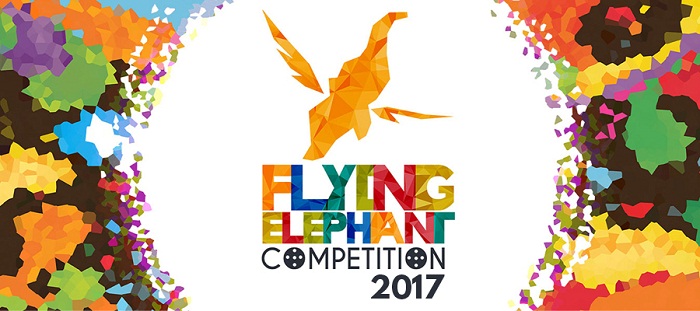 At Toonz, we practice the modern day ‘Gurukula’ system of training. In Sanskrit language, Guru means teacher or master whereas Kula stands for extended family. Here we have our family consisting of experts and professionals from the industry directly interacting with our students.
At Toonz, we practice the modern day ‘Gurukula’ system of training. In Sanskrit language, Guru means teacher or master whereas Kula stands for extended family. Here we have our family consisting of experts and professionals from the industry directly interacting with our students.
Training here provides skills, attitude and knowledge. Today’s skill-based education offers only learning through books/tools while the faculties lack in professional practice.
However, students learn more through experience, which is lacking in our present day training scenario.
The characteristics of skills, attitude and knowledge may differ as time changes, but it should be of good standard and highly practical so that knowledge will be the supreme goal and will make our students to aspire high. Students interact directly with the industry professionals through our various initiatives like Animation Master Summit, The Flying Elephant.
Started in 1999 as `Week With The Masters’ this sublime event celebrates the wonderful art of animation and has been inspiring countless animators by creating a unique platform to meet and interact with stalwarts of the industry. The Flying Elephant competition, organised in conjunction with the summit, is to identify the best creative minds in animation and live action in the South East Asian region.
Animation Training
Though there is a remarkable change in animation film making programs available in India today as compared to when they first made an appearance, they continue with the same software based training methodology. Only a few schools have really integrated the creative aspects of animation film making along with the software studies.
By the mid ‘90s, animation was being hailed as the next big thing. A few of the schools that opened up then primarily offered training in animation software while ignoring the creative aspects of animation. It was a software based approach to animation study. Often these courses were just diplomas, studded with a bunch of softwares ranging from graphic designing, 2D and 3D animation and digital video editing.
The scenario has not changed much!
Schools, colleges and institutes that teach animation film making, visual effects and game development have mushroomed across the country and though they provide good infrastructure, many of them hardly offer any kind of real time production experience to students. Many of them still offer software modules ranging from 6-18 months and don’t really expose the students to the creative aspects of animation film making.
Another major change in terms of animation training has been the teaching staff availability. Initially, teachers were trained in teaching softwares, and were not animators themselves. So while they could teach how to create a certain movement or effects using a software, they had little knowledge or experience on how to make a character come to life. But now, this is changing.
More and more artists from the industry with specialisation in key areas of production like asset creation, rigging, animation, effects animation lighting, rendering and compositing, have taken up teaching as a profession.

Very few schools have integrated the creative aspects of animation film making along with the software based training. Also a critical factor most of the schools ignore is the importance of student films and portfolio development. This has to be done with utmost priority and every school needs to ensure that students graduate with a quality film and they carry a presentable portfolio demonstrating their creative skills and proficiency in any major areas of animation film production.
Apart from this, international animators form the faculty of many schools. Toonz Academy had names such as Dennis Deegan, Mike Nichols, Dino Cordero, who have worked with Richard Williams and shows like Tom and Jerry as a part of their faculty. The Toonz curriculum has been designed by Barry Parker and Nick Powell from the Sheridan college, Canada.
The animation and visual effects (VFX) industry continues to steadily gain acceptance with Indian talent poised to rub shoulders with global counterparts. According to the KPMG India-FICCI Indian Media and Entertainment Industry Report 2017, the Indian animation and VFX industry grew at 16.4 percent in 2016 to reach a size of Rs. 59.5 billion driven majorly by a 31 percent growth in VFX, with animation remaining steady at a growth rate of nine per cent.
Some keynotes for students:
- Students need to learn the significance of co-existence with the working professional and creative environment. This will lead them to concentrate more on their studies.
- Students feel fresh and learning cycle is enhanced when they brainstorm on fresh ideas and get teachings from the team.
- Students need to be well disciplined in terms of latest production technology, more active and with better knowledge about the production environment, techniques and skills which will help them in their career.
(This article is contributed by Toonz Animation India CEO P. Jayakumar. An accomplished media and entertainment professional, he has over a decade of proven managerial and strategic experience in the international animation content production and distribution industry. He is an inspirational and visionary leader providing strategic leadership, direction and management.)

